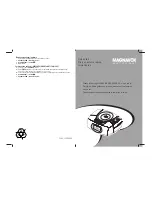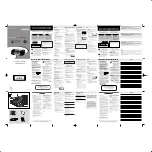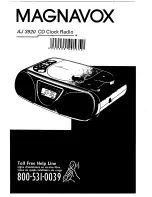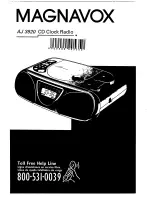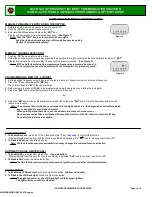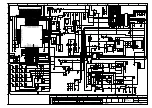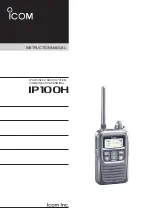
Exalt Installation and Management Guide
s-Series Digital Microwave Radios
201511
25
2008-02-27
Lightning and Surge Protection for the IDU/ODU Cable
Place a lightning or surge suppression device at the egress point for the IDU/ODU cable. This device
provides safety for humans at the same location as the IDU, and also protects the IDU from surges
entering through this cable. Ensure that the protection device meets the following characteristics:
DC non-blocking
5MHz ±50kHz, 10.5MHz ±50kHz, 140MHz ±50MHz, 350MHz ±50MHz RF
The following devices are appropriate for this application:
Polyphaser BGXZ-60NFNM-AS (recommended)
Polyphaser RGT
Polyphaser GT-NFF-AL
The Polyphaser BGXZ-60NFNM-AS can direct mount to the ODU. For the Egress connection, the
male side faces the IDU and may require an N-Type female-female adapter. The other listed devices
may not direct mount to the ODU and should use a short jumper cable between the device and the
ODU.
Antenna/Transmission System
This section provides guidance to mounting and connecting the RF transmission system, which
consists of the antenna, RF cabling, and RF lightning arrestors. Consult the manufacturer‘s
instructions for proper mounting, grounding, and wiring of these devices, and for definitive direction.
These manufacturer‘s instructions supersede any information in this section. See
Antennas
for a list of
supported antennas.
Initial Antenna Mounting
The antenna must be an exact model recommended by the path and site planning engineer(s). Mount
the antenna at the proper height, mast/mounting location and polarization orientation as determined
by the path and site planning engineer(s). The model type, location, and orientation of the antenna are
critical to achieve proper path clearance and may also be mandated by the licensing process.
Caution:
Mount the antenna in a restricted area and in a manner preventing long-term
human exposure to the transmitted RF energy. Consult government regulations to
determine the minimum safe distance from the antenna for continuous human exposure.
The antenna structure must be secure and safe enough to mount the antenna and support the weight of
the transmission system combined with repair/installation personnel. It is important to consider the
load and forces on when designing the structure. Be sure to consider the load consequences of all
mounted objects under the highest regional wind conditions.
If additional objects are affixed to the structure in the future, it may be important to evaluate both the
mechanical impact of these planned additions (with respect to wind and weight loading), as well as
the potential impact to RF interference and frequency coordination (if additional radio equipment is
anticipated). This is especially important if planned equipment installations may operate in the same
frequency band.
Once the antenna is mounted, cabled, and aligned, your goal is to never require modification. Careful
consideration is important in the path and site planning stages and in construction of the antenna
structure.
Summary of Contents for EX-11s
Page 103: ...201511 2008 02 27...































